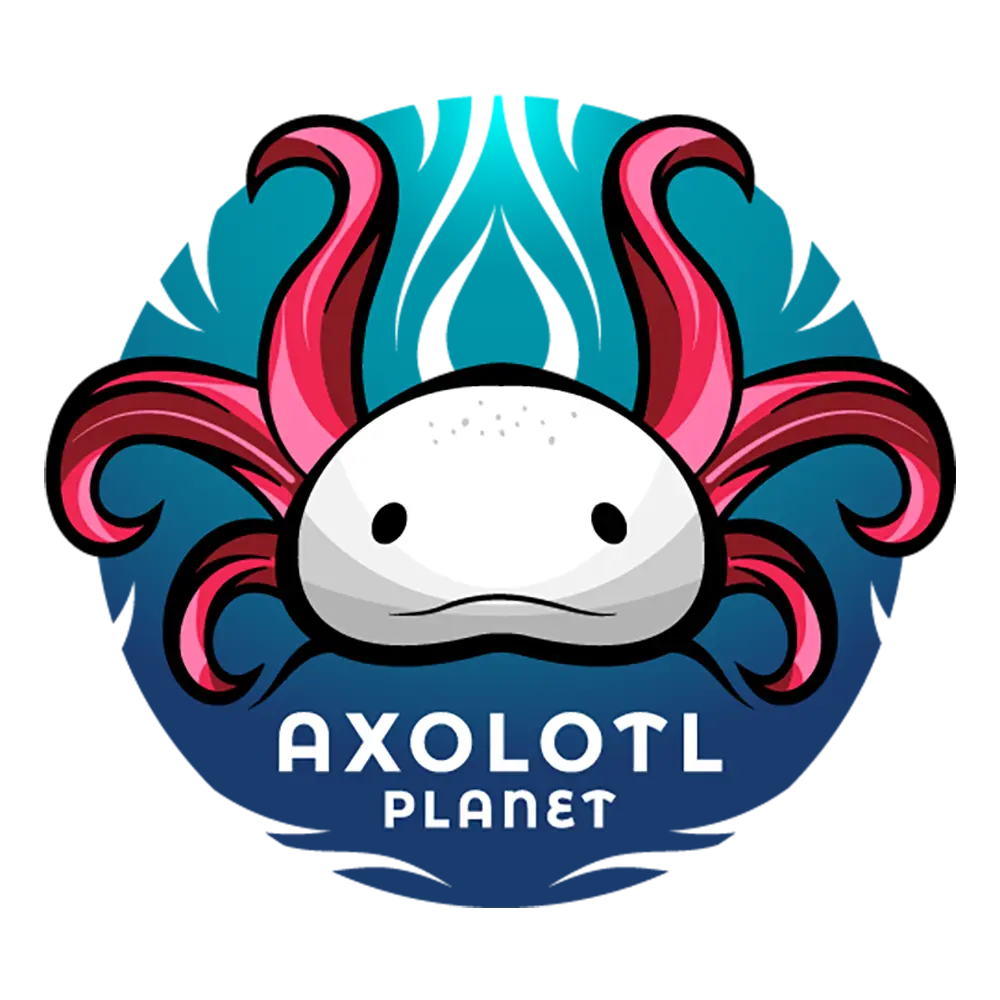Why Are Axolotls So Popular? The Science, Smiles, and Social Media Behind the Salamander
Walk into any modern pet expo, scroll through TikTok, or browse a meme page, and you’ll likely see it: a pale, pinkish creature with feathery headdresses and a seemingly permanent, goofy smile. This is the axolotl, and it has skyrocketed from an obscure biological curiosity to a global phenomenon.
But why? What is it about this Mexican salamander that has captured our collective imagination? As someone who has bred them, cared for them, and watched this trend explode, I believe the answer lies in a perfect storm of aesthetics, science, and digital culture.
Reason 1: The “Aww” Factor is Off the Charts
Let’s start with the obvious: axolotls are undeniably, almost unnaturally, cute. Their appeal is instant and crosses cultural and age barriers.
-
The Perma-Smile: Their upward-curving mouth gives them a perpetually cheerful and derpy expression. In a world of bad news, a smiling aquatic creature is a potent dose of digital serotonin.
-
The Majestic Gills: Those feathery, fern-like appendages on their heads aren’t hair; they’re gills. They add a crown-like elegance, making them look like mythical water dragons or the Pokémon Mudkip (who was indeed inspired by them).
-
A Rainbow of Colors: From the leucistic (pink with black eyes) that most people recognize, to golden albinos, wild types, and even melanoid, there’s a color morph for every taste. This variety fuels collector culture and makes them highly photogenic.
Reason 2: They’re a Pop Culture Powerhouse
You can’t separate the axolotl’s rise from its presence in our digital lives. Minecraft deserves a huge amount of credit. Adding axolotls to the game in 2021 introduced them to millions of players, who then sought out the real-life version of the cute, bucketable mob that attacks hostile squids.
This “Minecraft effect” created a bridge from the virtual world to the real one. Furthermore, their unique look makes them incredibly “meme-able.” A photo of an axolotl casually “smiling” next to a caption about chaos is a social media staple. They are perfect for the shareable, visual economy of platforms like Instagram, TikTok, and Reddit.
Reason 3: The “Living Science Experiment” Appeal
Beneath the cute exterior lies one of biology’s greatest marvels. Axolotls are regeneration superheroes. They can regrow entire limbs, tails, jaws, spinal cords, and even parts of their heart and brain with near-perfect precision.
For scientists, they are a window into the future of regenerative medicine. For the average owner, especially STEM-inclined kids and adults, this fact is mind-blowing. Owning an axolotl isn’t just owning a pet; it’s like having a living, breathing piece of scientific magic on your desk. This layer of profound biological wonder elevates them far above a typical pet fish.
Reason 4: The (Perceived) Low-Maintenance Pet
From a practical standpoint, axolotls are often marketed as relatively straightforward pets, which adds to their broad appeal.
-
They Don’t Require Walking or Cuddling: As aquatic creatures, they live in a tank. For people with busy schedules or allergies to furry pets, this is a major plus.
-
Space Efficient: A single axolotl can live happily in a standard 20-gallon long tank. They don’t need the massive enclosures of some reptiles.
-
Hardy Nature: Once their tank is properly cycled and their water is kept cool and clean, they are remarkably resilient animals. They aren’t prone to the rapid, mysterious declines that can plague tropical fish.
But a word of caution from experience: The “low-maintenance” label is a double-edged sword. While they aren’t socially demanding, their environmental needs are very specific. They require cold water, pristine water quality, and a soft substrate, and they should never be handled. Many impulse buys end up in poor health because their new owners underestimated these needs.
Reason 5: The Poignant Paradox
There is a powerful and poignant irony to their popularity: the axolotl is critically endangered in the wild. Their only native home, the lake complex of Xochimilco in Mexico City, has been nearly destroyed.
This paradox creates a narrative that resonates with many owners. By caring for a captive-bred axolotl, people feel they are helping to preserve a species that is vanishing from its natural habitat. They become stewards, custodians of a living fossil. This adds a layer of meaning and responsibility that makes ownership feel more significant.
The Verdict: A Perfect Storm of Charm
The axolotl’s popularity isn’t due to one single factor. It’s the convergence of:
-
Irresistible Aesthetics (the smile and the gills)
-
Digital Propagation (Minecraft and memes)
-
Scientific Wonder (regeneration)
-
Practical Logistics (tank life)
-
Emotional Narrative (conservation)
They are a unique blend of cute, cool, and captivating. However, with this popularity comes responsibility. If you’re considering joining the ranks of axolotl owners, please do your research. Understand the commitment behind the smile. Because these incredible animals deserve more than just being a trend—they deserve a thriving, healthy life in our care.
